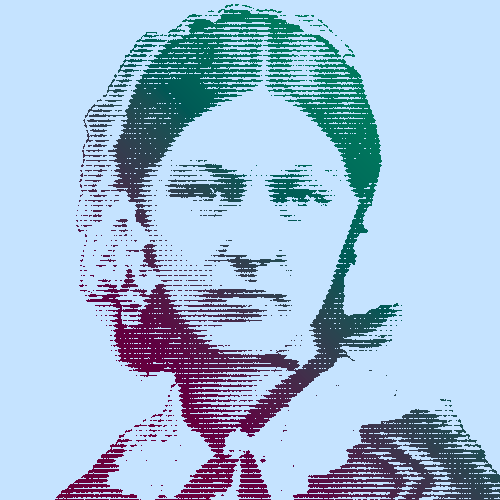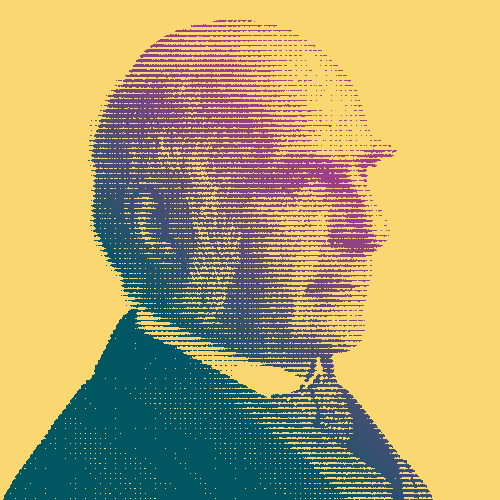Most, if not all, of us have heard of Florence Nightingale (1820-1910). The first modern nurse. The Lady with the Lamp. A caring “angel” looking after wounded soldiers in the dire conditions of the Crimean War. Yet the reality is far more complex, exciting and surprising.
Despite a privileged background, from an early age, Florence Nightingale refused to accept society’s expectations of her. A fervent feminist, she loved mathematics, spoke four languages fluently and turned down numerous marriage proposals. Instead, she wanted to put her analytical mind and unwavering determination at the service of others.
Disruptive data collector
Following this calling, she taught herself as much as she could about nursing. Helped by a handful of high-ranking connections, she took the 38-strong team she’d trained to the battlefields of the Crimea in 1854. Aside from attending to the wounded and improving sanitary conditions, her priority was to collect data and record deaths. She was convinced this was the only way to detect flaws, determine underlying causes, and provide the kind of modern healthcare Britain needed.
“It is by the aid of statistics that law in the social sphere can be ascertained and codified.”
Bringing data to life
Back in London, she teamed up with pioneering statistician William Farr to analyze the vast amount of data. Although impatient to publish her findings, she knew that traditional statistical tables just weren’t clear or eye-catching enough. And so, the first modern pie chart was born. Published in Mortality of the British Army, the “coxcomb” showed why soldiers died between 1854 and 1855 at a glance.
“Statistics is the most important science in the whole world: for upon it depends the practical application of every other science and of every art.”
As well as highlighting the positive impact of her reforms and the prevalence of preventable deaths, this diagram would revolutionize the way complex data was communicated. And marked the very beginnings of data visualization as we know it today.
Making statistics mainstream
Florence’s contribution to data science didn’t stop there. Using statistics, she tirelessly pushed for government reform to make hospitals more sanitary and give nurses proper training. With the help of radical writer and sociologist Harriett Martineau, she even wove some of her statistical studies in a literary account of the Crimean War (England and her Soldiers) to create a more compelling message.
Statistics were now in the public arena and set to stay.
Key Dates
-
1853
The Crimean War
The data Florence Nightingale collects during the Crimean War exposes the number of preventable deaths due to unsanitary conditions.
-
1858
Publication of Mortality of the British Army
Florence Nightingale publishes Mortality of the British Army and her famous pie chart. She's appointed the first ever female member of the British Statistical Society.
-
1860
The World’s First Nursing School
In 1860, Florence Nightingale sets up the world’s first nursing school at St Thomas’ Hospital in London.




